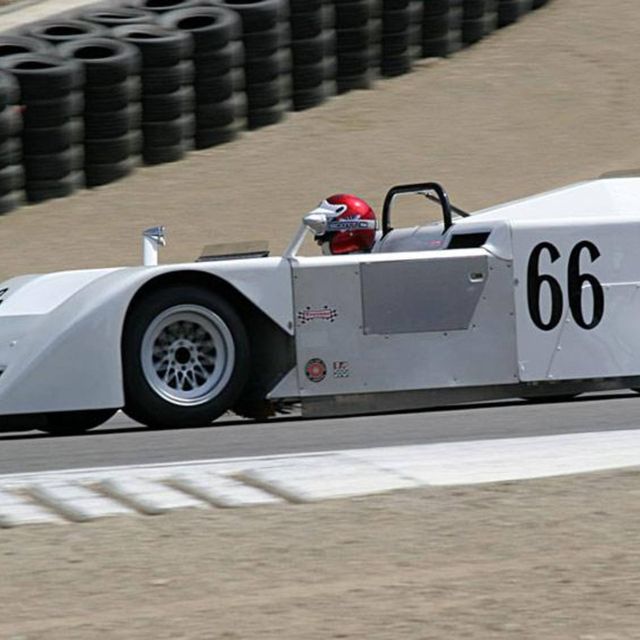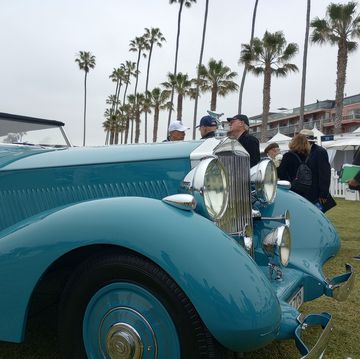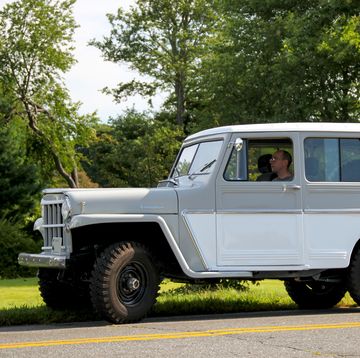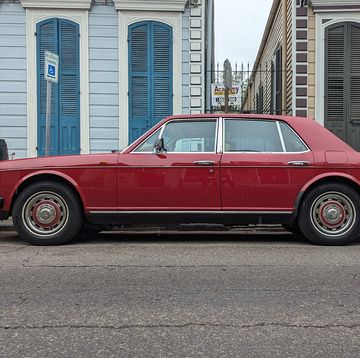This week in 1970 leads us to race-car manufacturer Chaparral revealing its latest offering, the 2J, known as the "sucker car".
Chaparral, known for its extreme emphasis (and huge spoilers) on engineering, which showed in its functional designs, developed the 2J as an addition to its group of race-cars known as the “ground effects vehicles”.
Vertical fans in the back of the vehicle draw air from underneath, creating suction to the ground, allowing it to produce extreme levels of down force (capable of 2 gs) at low and high speeds.
Weighing 1,810 pounds and powered by a 650-hp Chevrolet ZL1 engine, the 2J was designed for the Can-Am racing series.
“With my former car, the 2G, we could get wheel spin and make it violently oversteer by over controlling the throttle at almost any speed and at almost any place on the race course. But not the 2J,” stated Chaparral co-founder Jim Hall. “We can go full throttle without wheel spin or uncontrollable oversteer, at a much lower speed and accelerate out of the corners at a much higher speed than ever before.”
The 2J ran only one season in Can-Am ('70), only to be outlawed by the Sports Car Club of America and the FIA because of other team complaints about the cars potential unfair advantage (its fans were labeled illegal movable aerodynamic devices). Another complaint was that the 2J's fans would apparently throw stones at racers who were behind. The 2J's mechanical problems didn't help its case either, but competition knew once the car became reliable, it would've been dominant.
Read the full story below for more information about the 2J and use the tools in the lower right-hand corner to view it in full screen.
This week in 1970: Chaparral 2J unveiled by AutoweekUSA













